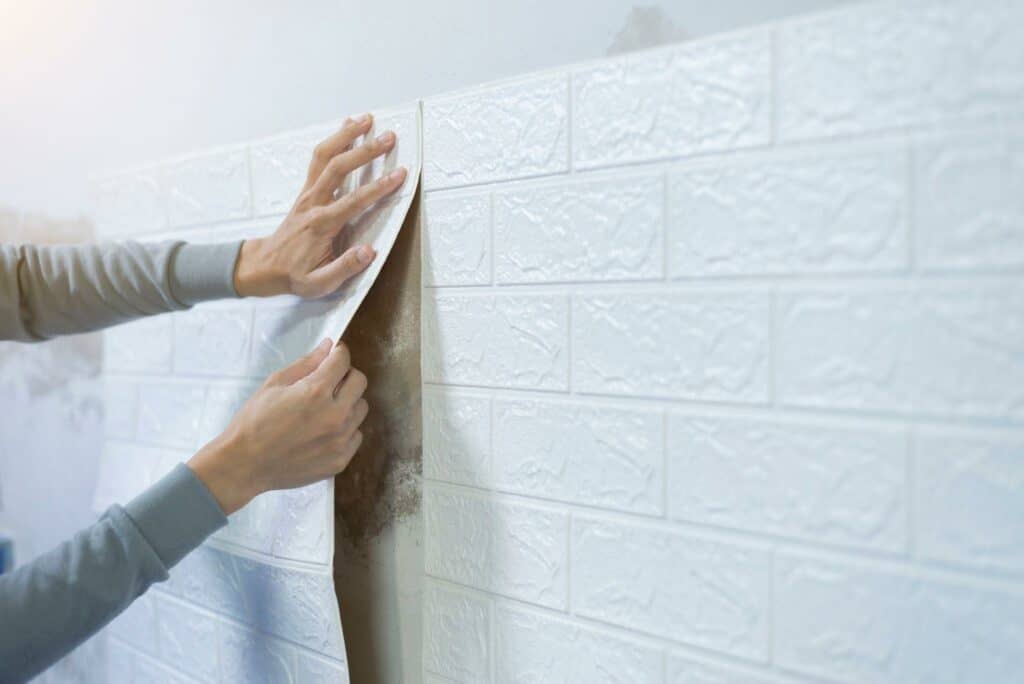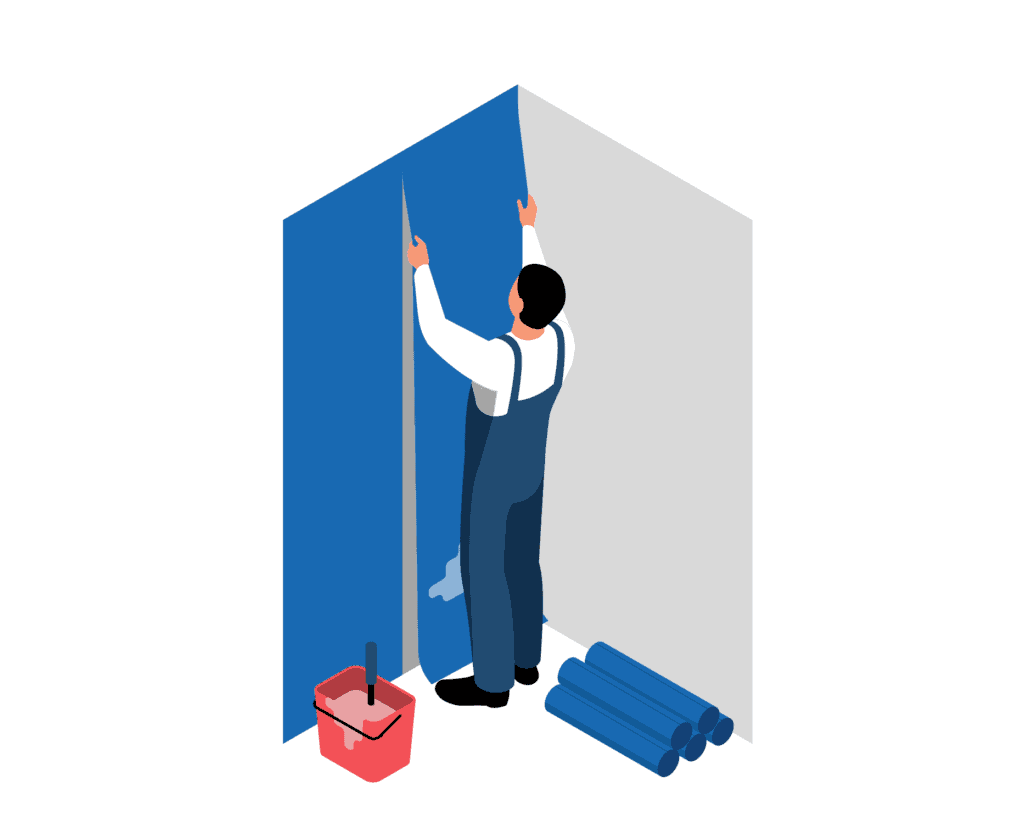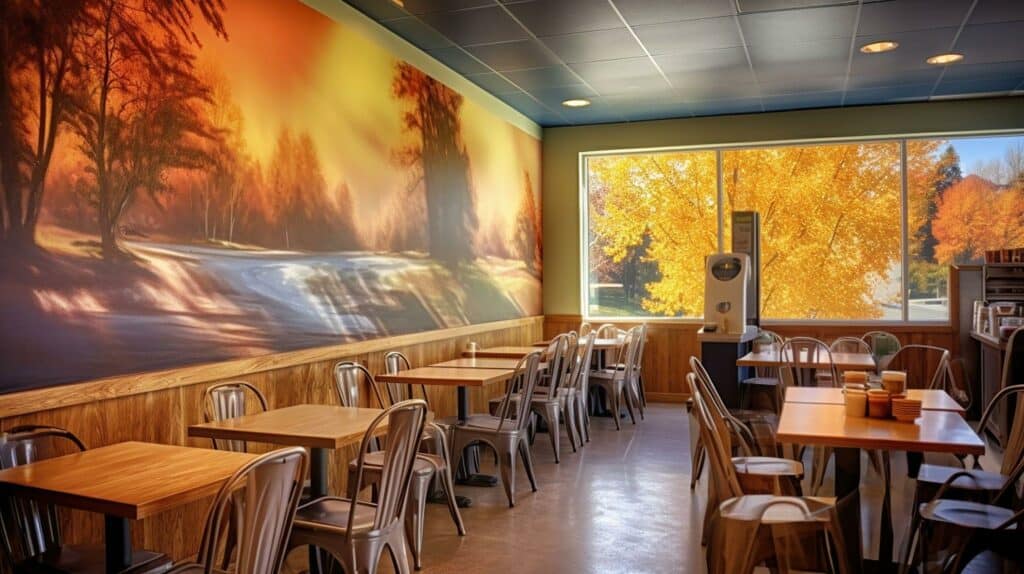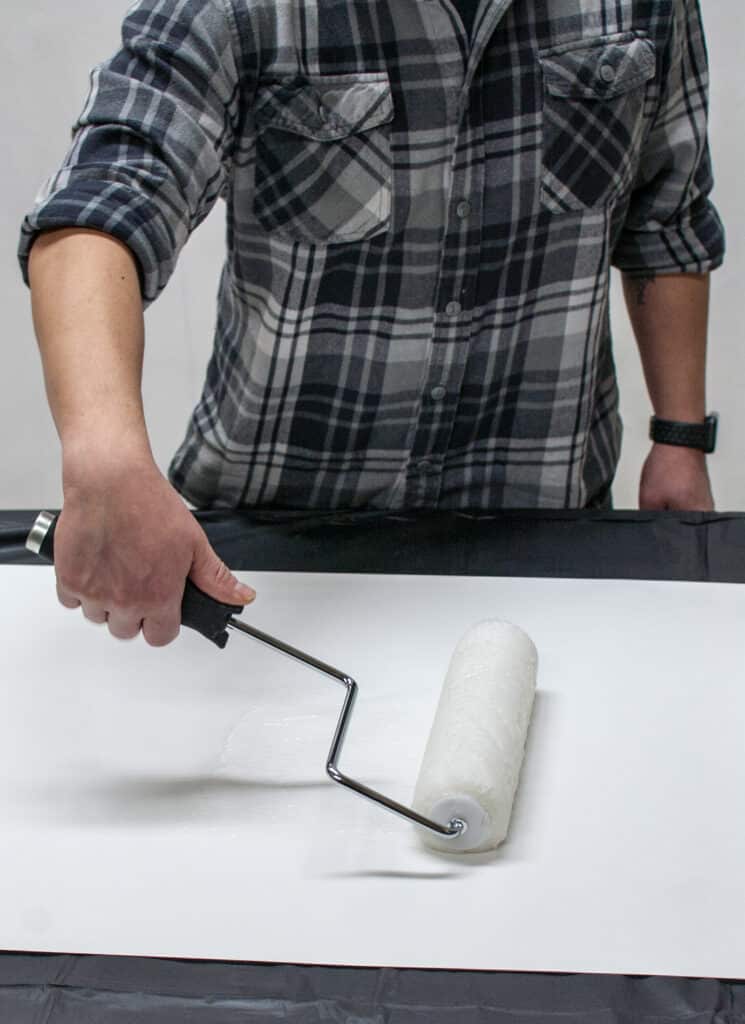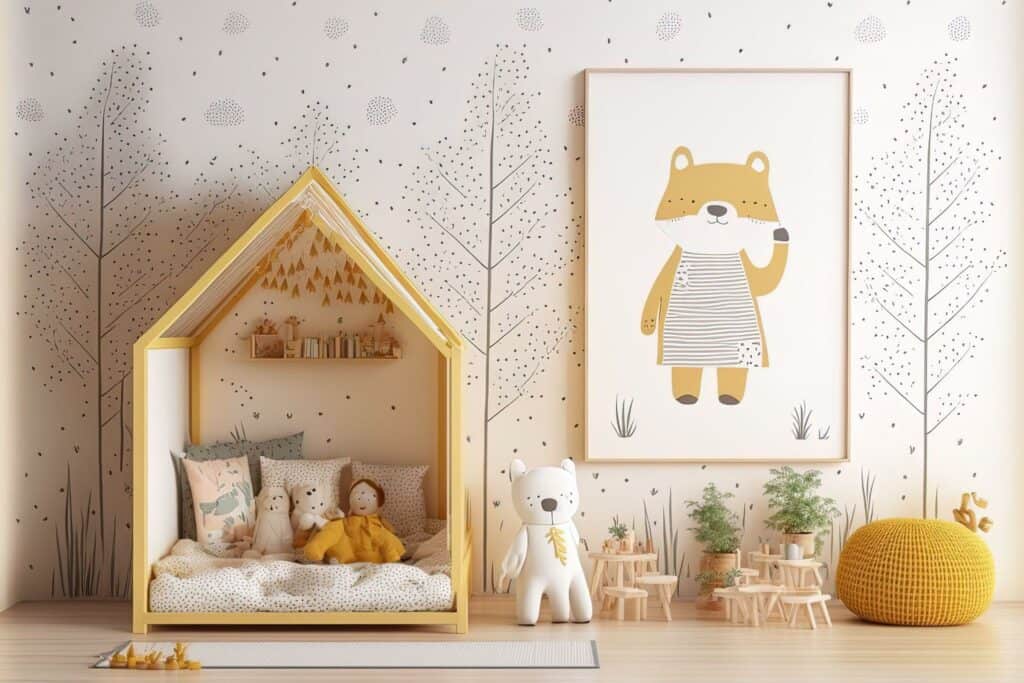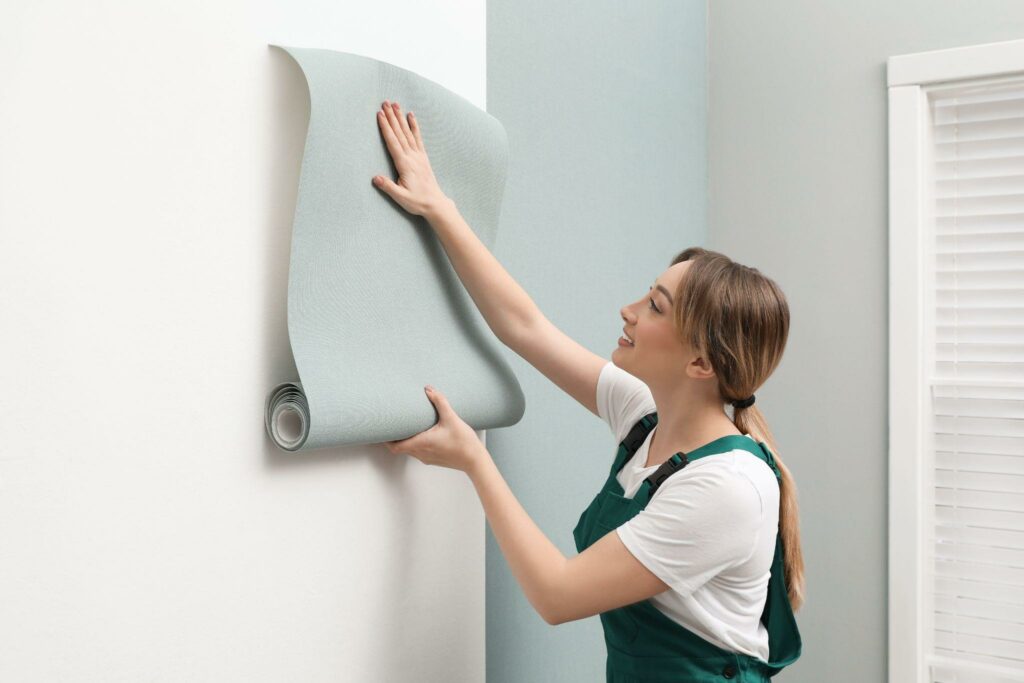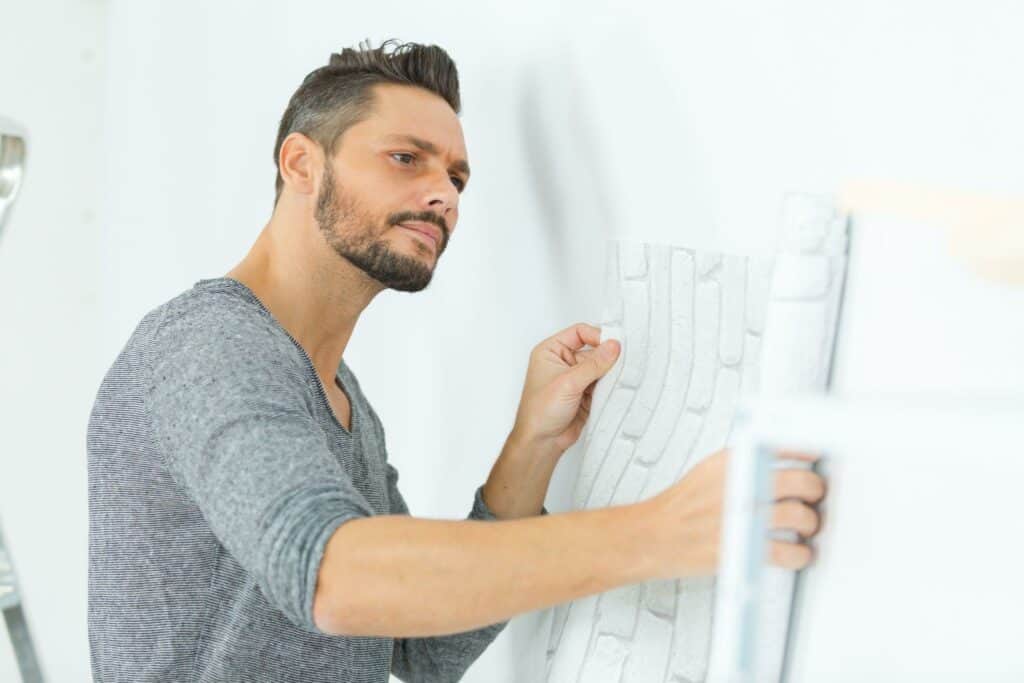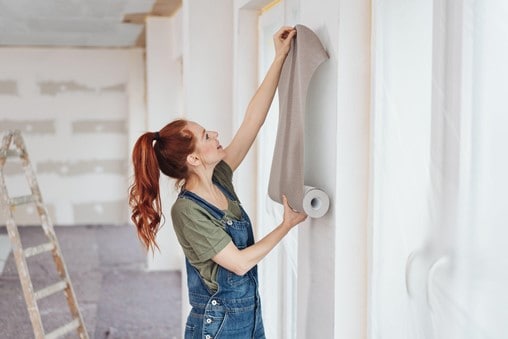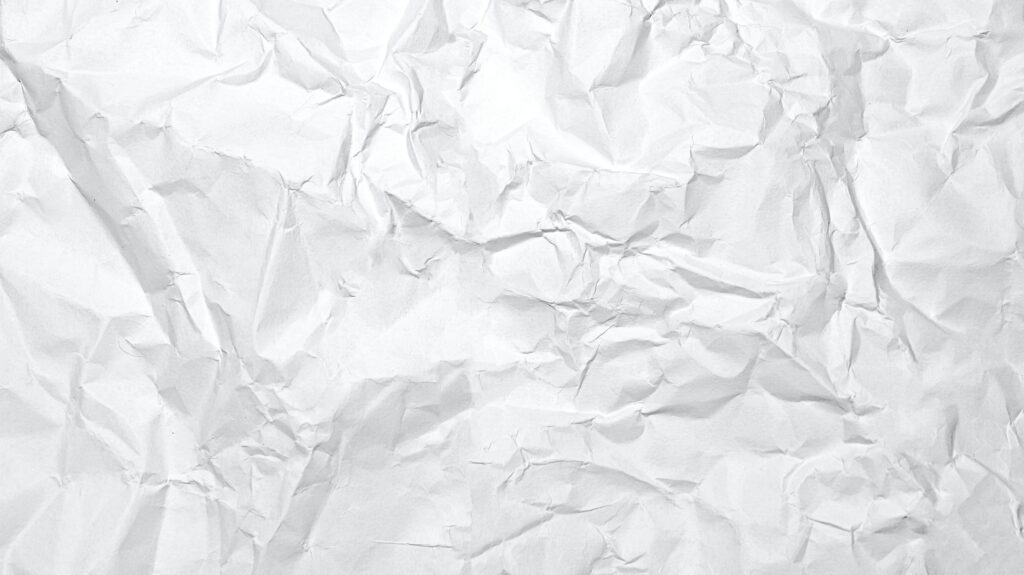How to Fix Failing Peel & Stick Wallpaper
Peel and stick wallpaper is widely valued for its ease of use and versatility in home decor. But it’s also true that many people have experienced issues with their peel and stick wallpaper not sticking properly or even falling off over time. If you’ve faced this frustrating problem, don’t worry—you’re not alone. In this article, […]
How to Fix Failing Peel & Stick Wallpaper Read More »

